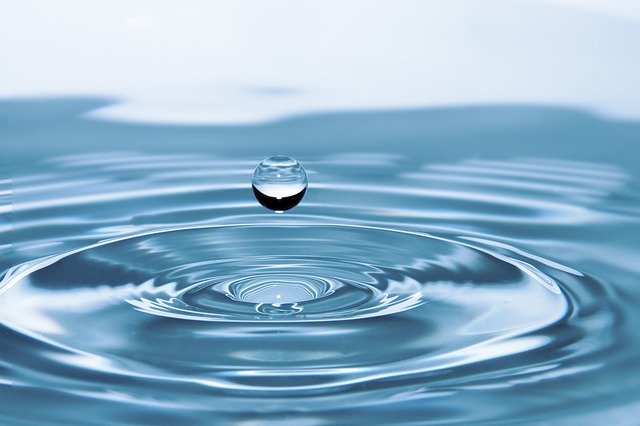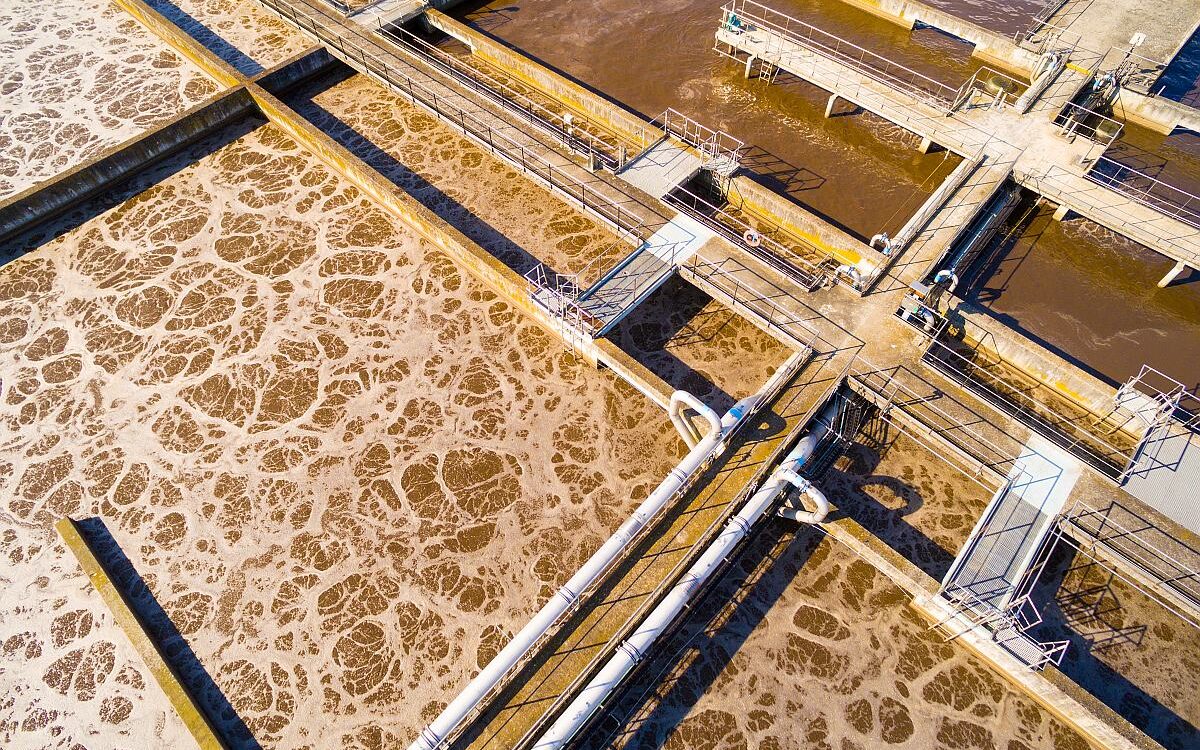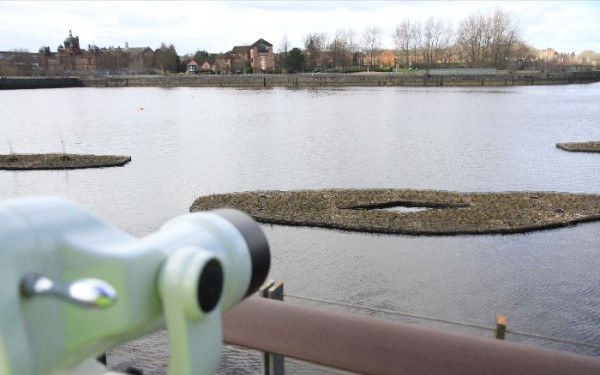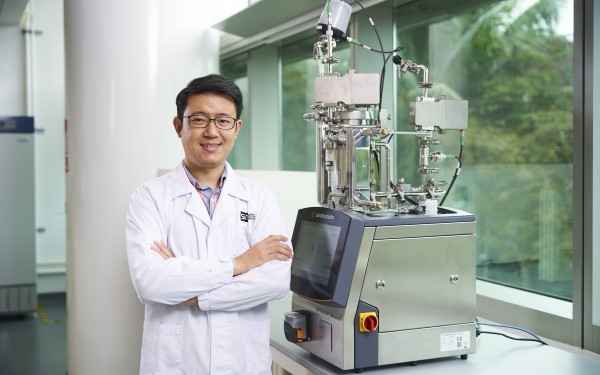by Caroline Brogan, Imperial College London
The new approach to ion exchange membrane design, which was published on December 2, 2019 in Nature Materials, uses low-cost plastic membranes with many tiny hydrophilic (‘water-attracting’) pores. They improve on current technology that is more expensive and difficult to apply practically.
Current ion exchange membranes, known as Nafion, are used to purify water and store renewable energy output in fuel cells and batteries. However, the ion transport channels in Nafion membranes are not well defined and the membranes are very expensive.
In contrast, low-cost polymer membranes have been widely used in the membrane industry in various contexts, from removal of salt and pollutants from water, to natural gas purification – but these membranes are usually not conductive or selective enough for ion transport.
Now, a multi-institutional team led by Imperial’s Dr Qilei Song and Professor Neil McKeown at the University of Edinburgh has developed a new ion-transport membrane technology that could reduce the cost of storing energy in batteries and of purifying water.
They developed the new membranes based on a class of microporous polymers, known as polymers of intrinsic microporosity (PIMs), and altered their building blocks for varying properties using computer simulations in collaboration with Imperial’s Dr Kim Jelfs.
(…)
Filtering water
To make PIMs more water-friendly, the team incorporated water-attracting functional groups, known as Tröger’s base and amidoxime groups, to allow small salt ions to pass while retaining large ions and organic molecules.
The team demonstrated that their membranes were highly selective when filtering small salt ions from water, and when removing organic molecules and organic micropollutants for municipal water treatment. Leading author Dr Song said: “Such membranes could be used in water nanofiltration systems and produced at a much larger scale to provide drinking water in developing countries.”
They are also specific enough to filter out lithium ions from magnesium in saltwater – a technique that could reduce the need for expensive mined lithium, which is the major source for lithium-ion batteries.
Dr Song said: “Perhaps now we can get sustainable lithium from seawater or brine reservoirs instead of mining under the ground, which would be less expensive, more environmentally friendly, and help the development of electric vehicles and large-scale renewable energy storage.”
(…)
The full article is available at Imperial London College’s website.
‘Hydrophilic microporous membranes for selective ion separation and flow-battery energy storage’ by Rui Tan, Anqi Wang, Richard Malpass-Evans, Evan Wenbo Zhao, Tao Liu, Chunchun Ye, Xiaoqun Zhou, Barbara Primera Darwich, Zhiyu Fan, Lukas Turcani, Edward Jackson, Linjiang Chen, Samantha Y. Chong, Tao Li, Kim E. Jelfs, Andrew I. Cooper, Nigel P. Brandon, Clare P. Grey, Neil B. McKeown, and Qilei Song, is published in Nature Materials.




